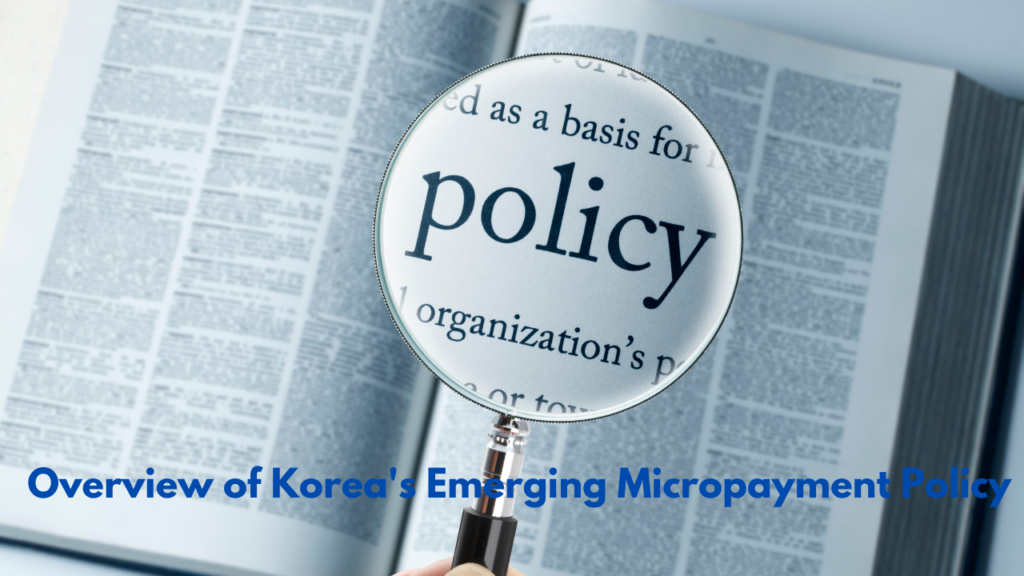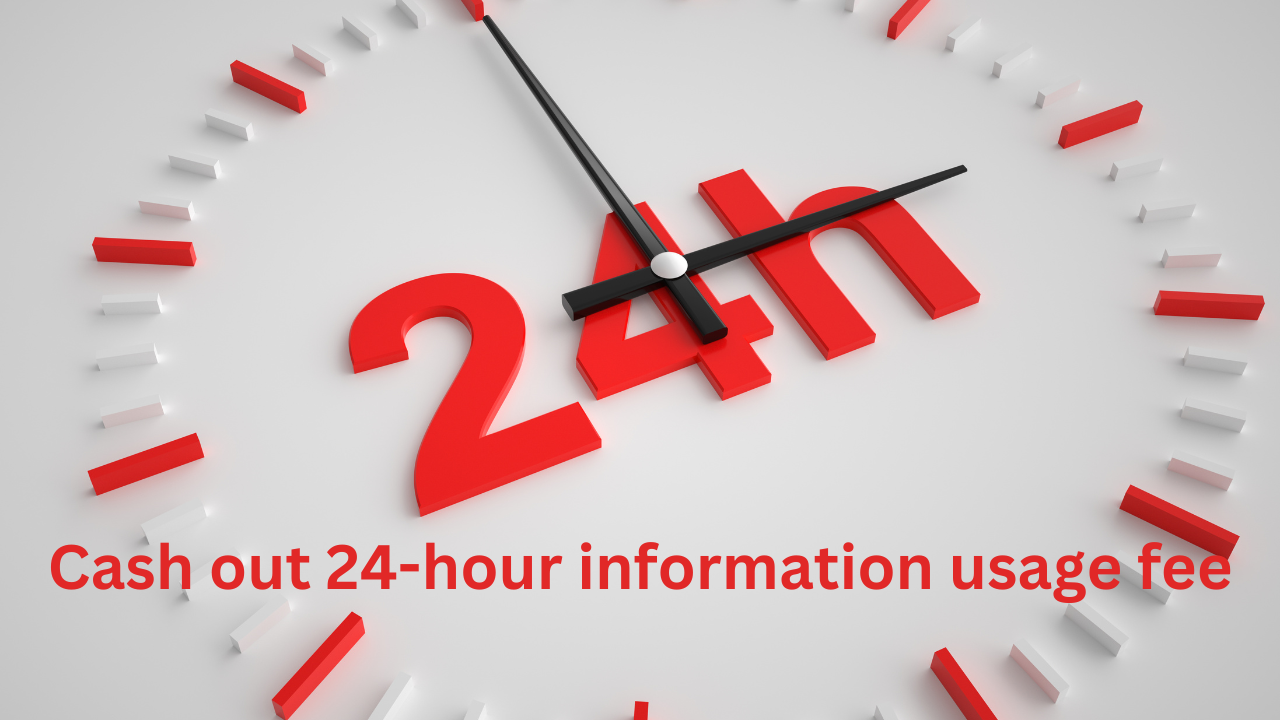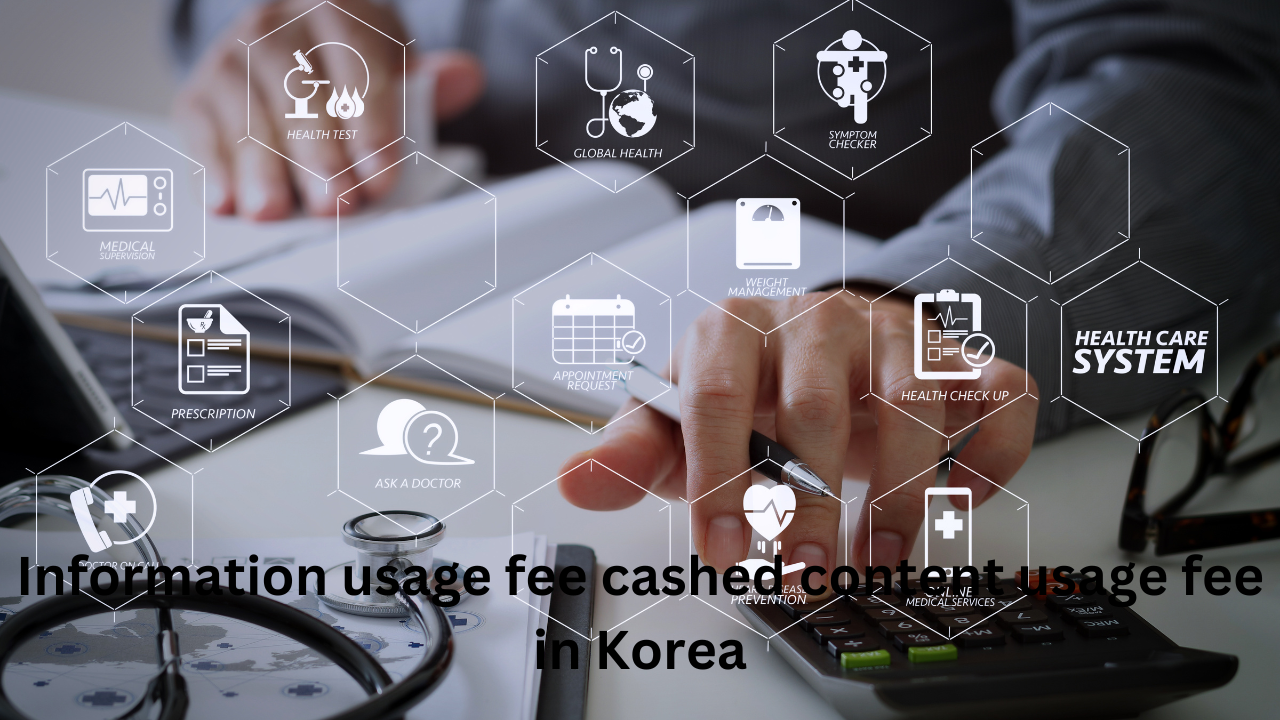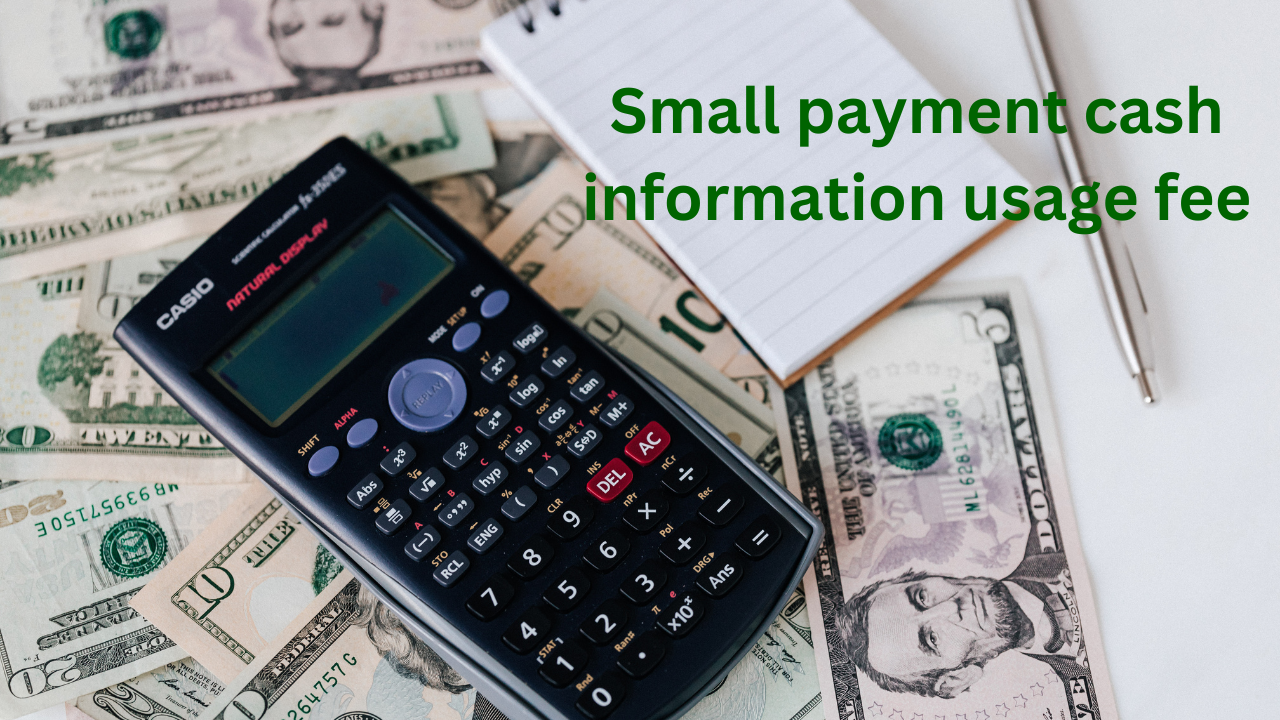Korean innovations in information technology and digital services have been prominent and mighty for decades. However, this is the case with many countries who are still in large part using cash in small everyday transactions. Cash is burdensome to handle and is subject to safety threats. Being aware that there had been some problems with electronic payments for small amounts, the Korean government introduced a new Micropayment Policy aimed at promoting digital payment services and cashless payments. The policy designed here objective is the financial inclusion and up-to-date cash-dominant systems of South Korea.
Through the Micropayment Policy, making digital payment methods more favourable is proposed. This article explains the Micropayment Policy that is currently being developed in Korea.
Motivations Behind a Micropayment Policy
The Korean government was motivated to introduce the Micropayment policy due to some drawbacks of excessive cash usage. Dealing with cash is costly for both businesses and banks in terms of processing and handling. It also poses security issues like the risk of theft. More reliance on cash is needed to ensure financial inclusion. Through its Micropayment policy, the government wanted to promote digital and mobile solutions that are more efficient and secure for making everyday small-value payments.
Key Objectives of the Micropayment Policy
The main purpose of the Micropayment policy in Korea is to raise the total digital payments channel being widely used, even for micropayments lower than 5000 won. One of the main objectives is to promote fintech startups that create smart pocket solutions that would enable money and other daily small shopping transactions to be carried out using mobile phones and other digital methods.
Mechanisms and Technologies Envisioned
One of the ways by which the government plans to gain its objectives under the policy is through the support of decreased processing fees for digital micropayments. It goes on to encourage innovative technologies such as NFC-enabled cards, QR code scanning, and proximity-based person-to-person digital wallet transfers. According to the policy, South Korea is emerging as a leader in the field, where even smaller transactions are done via digital payments.
Role of Mobile Payments and Digital Wallets
The Korean Micropayment policy recognizes that mobile payments and digital wallets will play a pivotal role in achieving its aim of promoting digital options for small-value transactions.
Mobile Payments
Mobile payments is the term that is used to mean paying using a mobile phone or tablet instead of cash, check, or credit card as a medium of trade. Several platforms for mobile payments like Samsung Pay, Kakao Pay, and Payco are tested for enabling contactless payments for subway transactions, utility scans, in-phone purchases, and money transfers of less than 5,000 Korean won under the Micro-payment policy.
Digital Wallets
Digital wallets are applications where users can store payment details and balances which are stored in virtual wallets. They are expected to be an option for small transactions in stores, and metro stations, and for payment of the bills for apartments.
Pilot Programs Testing Micropayments
To better install the Micropayment policy, the Korean government has launched several test programs. Selected local authorities are trying out applications that let residents pay parking fees or refill subway cards using only their phones. Some coffee shops and convenience stores have started accepting payments of under 5000 won through QR scanning. These pilots aim to understand user behaviour and difficulties in adopting digital options. Valuable insights will allow refining solutions before the nationwide scaling of cashless micropayments.
Final Thoughts
South Korea’s new 소액결제 정책 demonstrates the country’s continuing commitment to digital leadership. By addressing the persistent use of cash for small payments, the government hopes to realize cost and security benefits. Their pragmatic approach of piloting innovations while cutting processing fees aims to make digital the natural choice even for micropayments.
If successful, Korea’s experience could light the path for other economies. Whether through mobile wallets or contactless transit cards, the diverse mechanisms being tested also show the policy’s adaptability. Given Korea’s proven track record with technological adoption, many experts are optimistic that this strategy can advance the goal of a cash-lite nation within a few short years through the focused yet flexible implementation of the micropayment policy framework.












